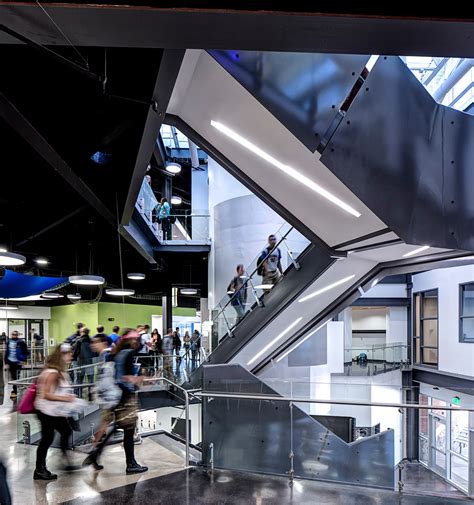Nestled in the heart of Michigan, the Battle Creek Math Science Center (BCMSC) stands as a beacon of STEM education and innovation, inspiring countless students and educators to pursue careers in science, technology, engineering, and mathematics. With its state-of-the-art facilities, engaging programs, and dedicated team of educators, BCMSC has become a cornerstone of the Battle Creek community and beyond.

A Mission to Ignite STEM Passion
BCMSC’s mission is unequivocal: to ignite a passion for STEM in every student and educator it encounters. The center believes that all students deserve access to high-quality STEM education, regardless of their background or circumstances. Through its innovative programs and initiatives, BCMSC aims to equip students with the knowledge, skills, and confidence they need to succeed in a rapidly changing world.
State-of-the-Art Facilities and Resources
BCMSC boasts a 37,000-square-foot facility designed to foster STEM exploration and discovery. The center features:
- Hands-on exhibits: Over 100 interactive exhibits engage visitors in STEM concepts through play and experimentation.
- Science studios: Dedicated spaces for students to conduct experiments, design projects, and collaborate on STEM challenges.
- Technology lab: Equipped with cutting-edge technology, the lab allows students to explore coding, robotics, and virtual reality.
- Teacher resource center: A hub for educators to access teaching materials, professional development opportunities, and lesson plans aligned with Next Generation Science Standards (NGSS).
Engaging Programs for Students and Educators
BCMSC offers a wide range of programs tailored to meet the diverse needs of students and educators:
Student Programs
- Science camps: Week-long summer camps immerse students in hands-on STEM activities and field trips.
- School field trips: Custom-designed field trips bring STEM concepts to life for school groups of all ages.
- After-school programs: Engaging programs provide students with opportunities to explore STEM outside of school hours.
- STEM outreach: BCMSC brings STEM education to underserved communities through partnerships with local organizations.
Educator Programs
- Teacher workshops: Professional development opportunities for educators to enhance their STEM teaching skills.
- Curriculum development: Assistance in developing curriculum and lesson plans that align with NGSS.
- Mentoring: Experienced STEM educators mentor novice teachers to foster best practices.
- Education research: BCMSC collaborates with researchers to study effective STEM teaching strategies.
Impact on the Community
BCMSC has a profound impact on the Battle Creek community:
Statistics
- Over 100,000 students have visited BCMSC since its opening in 2004.
- 90% of students report increased interest in STEM after participating in BCMSC programs.
- 75% of teachers report improved STEM teaching practices after attending BCMSC workshops.
Testimonials
“BCMSC has sparked a love for science in my daughter. She can’t wait to attend her next camp!” – Parent of a BCMSC student
“The teachers at BCMSC are amazing. They make STEM learning fun and accessible for my students.” – Teacher at a local school
Strategies for Supporting Future STEM Initiatives
To ensure the continued success of BCMSC and similar STEM education initiatives, the following strategies are recommended:
Increase Funding
Continued funding is essential to sustain programs, expand facilities, and attract and retain exceptional educators.
Partnerships
Collaborations with schools, universities, businesses, and community organizations can enhance program offerings and outreach efforts.
Advocacy
Promoting the importance of STEM education at the local, state, and national levels helps raise awareness and generate support.
Mentorship
Experienced STEM professionals and educators can provide guidance and inspiration to the next generation of STEM leaders.
Step-by-Step Approach for Implementing STEM Initiatives
Phase 1: Planning
- Define goals and objectives.
- Conduct needs assessment.
- Identify resources and partners.
- Develop curriculum and programs.
Phase 2: Implementation
- Launch programs and initiatives.
- Train educators and staff.
- Engage students and the community.
- Monitor progress and make adjustments.
Phase 3: Evaluation and Improvement
- Collect data to assess program effectiveness.
- Identify areas for improvement.
- Make data-driven decisions to enhance programs.
Phase 4: Sustainability
- Secure funding and partnerships.
- Build community support.
- Expand programs and reach.
Conclusion
The Battle Creek Math Science Center is a beacon of STEM education, inspiring generations of students and educators to pursue their passions in science, technology, engineering, and mathematics. Through its state-of-the-art facilities, engaging programs, and dedicated team, BCMSC empowers students with the knowledge, skills, and enthusiasm they need to succeed in a STEM-driven world. By investing in STEM education, we invest in the future of our communities and our nation.
